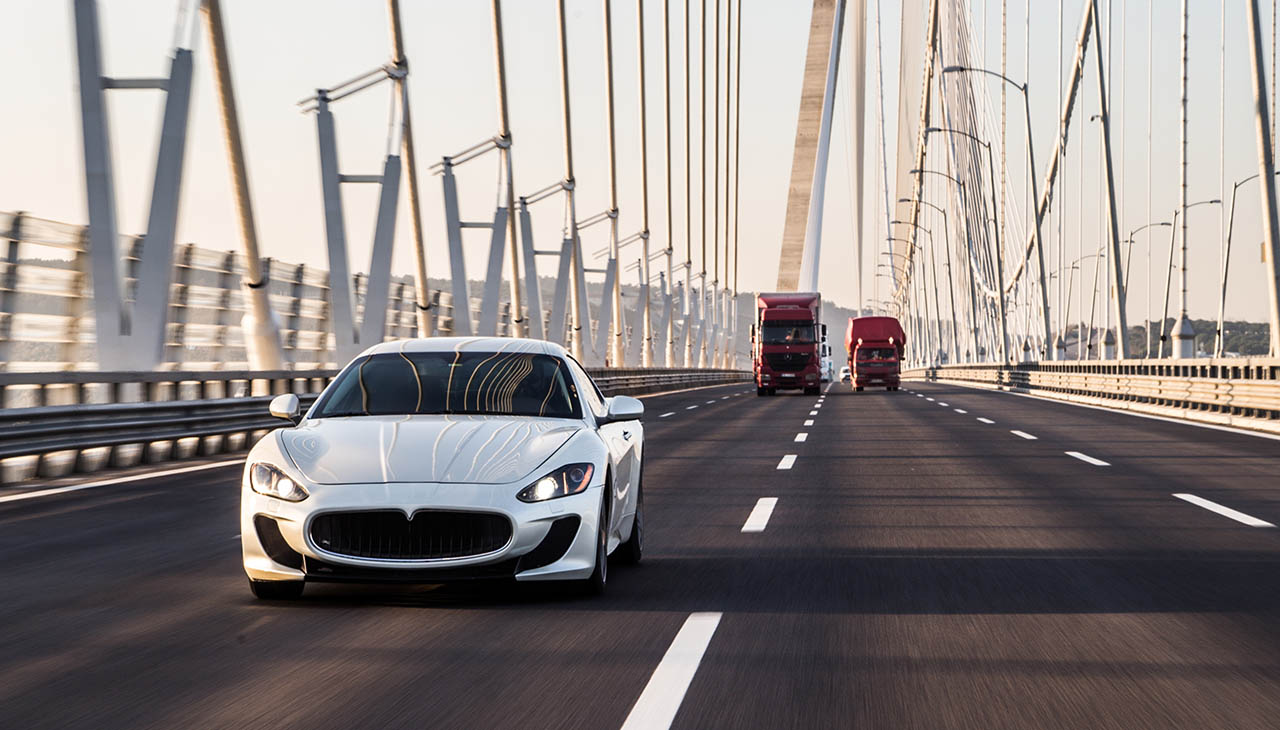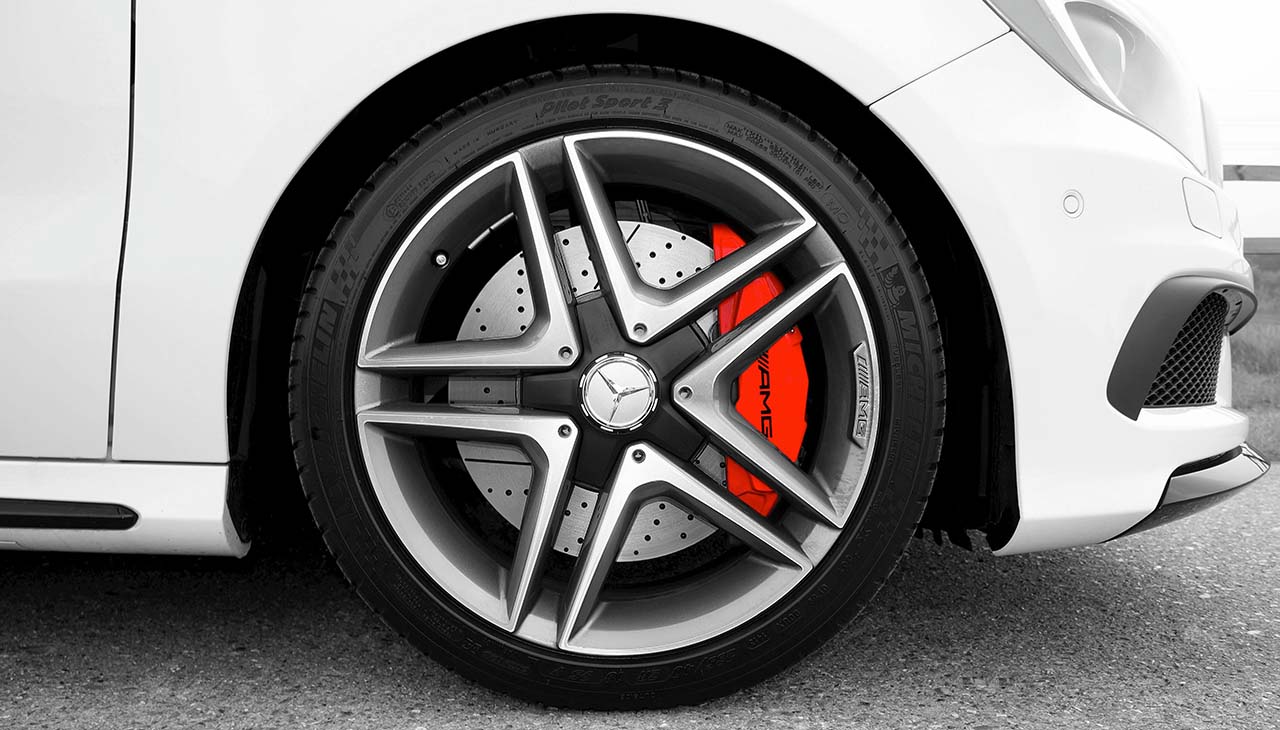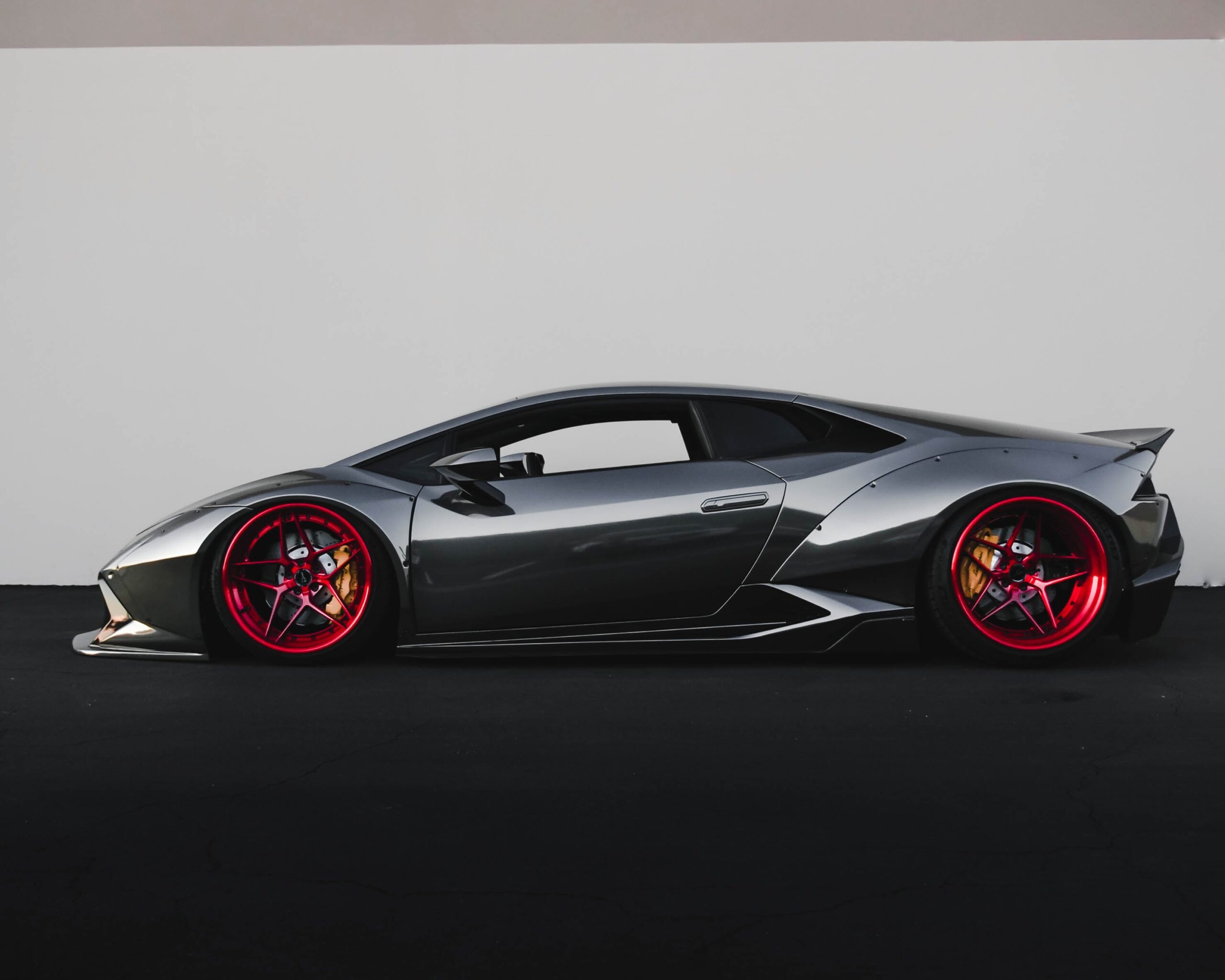In the pursuit of unparalleled performance coupled with environmental responsibility, the automotive industry has witnessed a revolutionary change with the advent of hybrid technology in sports cars. This innovative convergence of power and sustainability represents a thrilling evolution, where the adrenaline rush of high-speed thrills meets the conscientious strides towards a greener future. Hybrid sports cars now break the age-old stereotype that eco-friendly vehicles cannot deliver on power, speed, or aesthetic appeal. This section will explore how cutting-edge technology and sustainable practices are being intertwined to create vehicles that not only captivate the discerning enthusiast but also contribute positively to environmental stewardship.
Performance Benefits
The fusion of electric and combustion engines in hybrid sports cars results in an impressive augmentation of power and torque. This dynamic partnership allows for instantaneous torque delivery from the electric motor, complemented by the high-revving power of a traditional combustion engine. The outcome is an exhilarating acceleration experience and superior speed capabilities that rival even the most prestigious purely-combustion sports cars. Additionally, hybrid technology incorporates regenerative braking systems that recover energy during deceleration, which is then repurposed to recharge the battery. This not only improves overall efficiency but also optimizes energy use on the track, making for a remarkably efficient performance circuit after circuit.
Environmental Impact
The shift to hybrid sports cars plays a pivotal role in reducing carbon footprints. These vehicles emit significantly lower carbon dioxide compared to their traditional counterparts, thanks to their ability to run on electric power for certain distances. With the electric motor taking on a portion of the work, there is a substantial decrease in fuel consumption, which translates to fewer greenhouse gases released into the atmosphere. In addition, the option of charging hybrid sports car batteries from renewable energy sources, such as solar or wind power, further enhances the positive environmental implications. By tapping into renewable energy, the operational impact of these cars becomes even more benign, paving the way for a truly sustainable mode of high-performance driving.
Design and Engineering Challenges
While hybrid technology offers a myriad of benefits, integrating it into sports cars poses significant design and engineering challenges. One of the foremost issues is ensuring that the addition of hybrid components does not compromise the vehicle’s performance or handling characteristics. Engineers must meticulously balance weight distribution to maintain the agility and responsiveness that sports cars are renowned for. This often involves strategic placement of the heavier electric batteries as close to the vehicle’s center of gravity as possible to enhance stability and cornering precision.
Cooling systems for batteries and electric motors also present a complex challenge since they generate considerable heat during operation. These systems must be designed to maintain optimal temperatures without adding excessive bulk or complexity. Innovative cooling solutions, like advanced ventilation systems and heat sinks, are essential to prevent overheating and to ensure the longevity and reliability of the electric components. The efficient management of thermal outputs from both the electric and combustion elements of the powertrain is critical for the seamless and sustained performance that drivers expect from their hybrid sports cars.
Market Trends and Consumer Demand
The growing awareness about environmental issues is driving consumer demand for eco-friendly sports cars. Surveys show a rising number of consumers are willing to invest in vehicles that offer lower emissions without compromising on performance. This burgeoning interest is underpinned by a combination of environmental responsibility, the allure of cutting-edge technology, and governmental policies that incentivize green vehicle ownership. Manufacturers who tap into this sentiment by offering a range of attractive, high-performing hybrid sports cars are poised to benefit from the shift in market dynamics.
Competitive Landscape and Key Players
The hybrid sports car market is becoming increasingly competitive as automotive manufacturers vie for leadership in innovation and sustainability. Prestigious brands such as Ferrari, Porsche, and McLaren have already introduced groundbreaking hybrid models that push the boundaries of engineering prowess and eco-friendly advancements. Meanwhile, luxury manufacturers like BMW and Lexus are expanding their portfolios to include hybrid sports cars that blend luxury with efficiency. Tesla’s continued dominance in electric powertrain technology also puts pressure on traditional manufacturers to accelerate their transition to hybrid offerings.
Impact on the Automotive Industry and Future Projections
The proliferation of hybrid technology in sports cars influences the broader automotive industry by setting new standards for performance and environmental compliance. It drives advancements in lightweight materials, aerodynamics, and battery technology that trickle down to mainstream vehicles. As governments around the world set stricter emission targets, the importance of hybrid sports cars as trailblazers for sustainable automotive technology becomes even more pronounced. Future projections suggest that with ongoing innovations and improved economies of scale, hybrid sports cars will become more affordable, leading to increased adoption and a significant positive impact on reducing the automotive industry’s environmental footprint.



